Museums
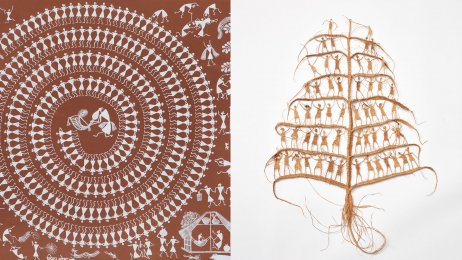
MAP collaborates with the Crafts Council
Duration : 8m
Maturity Level : all
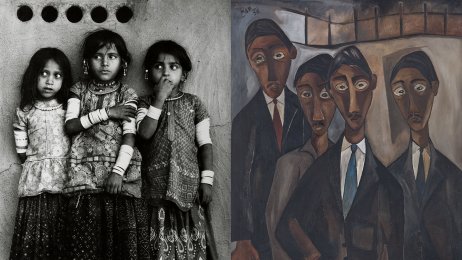
MAP collaborates with the Peabody Essex Museum
Duration : 7m
Maturity Level : all
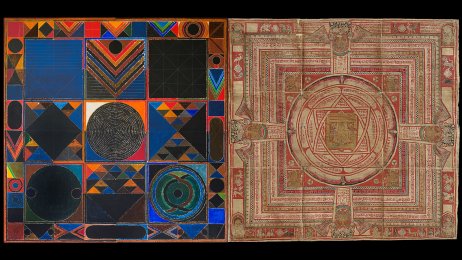
MAP collaborates with the Lalbhai Dalpatbhai Museum
Duration : 8m
Maturity Level : all
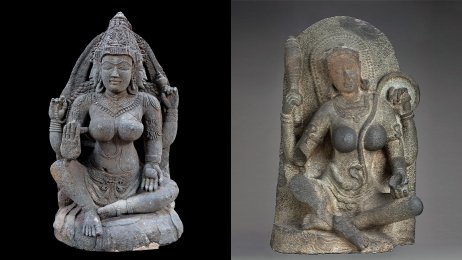
MAP collaborates with the Detroit Institute of Arts
Duration : 10m
Maturity Level : all
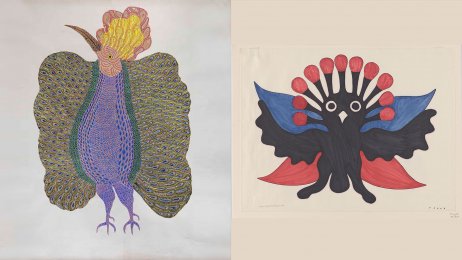
MAP collaborates with the Rhode Island School of Design
Duration : 10m
Maturity Level : all
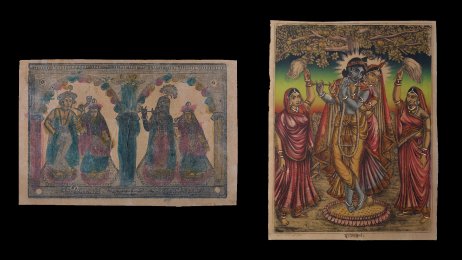
MAP collaborates with the Museum of Fine Arts Boston
Duration : 7m
Maturity Level : all
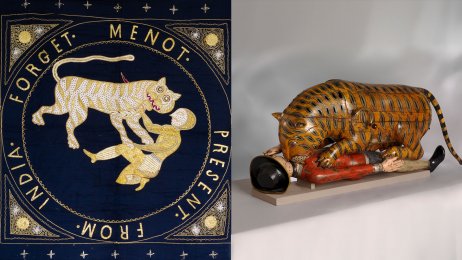
MAP collaborates with the Victoria & Albert Museum
Duration : 9m
Maturity Level : all
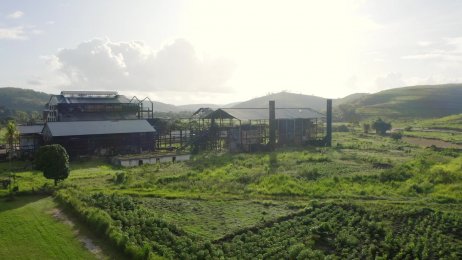
Bruna and Ricardo Pessôa de Queiroz
Duration : 9m
Maturity Level : all
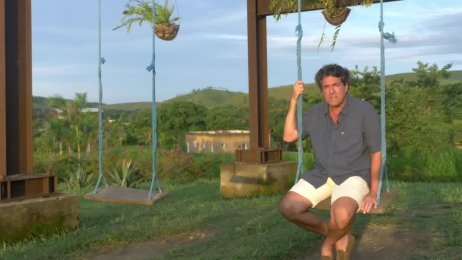
Ricardo Pessôa de Queiroz, Founder
Duration : 6m
Maturity Level : all
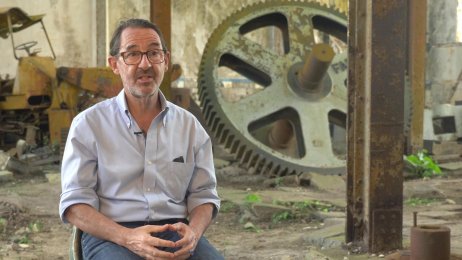
Marc Pottier, curator
Duration : 4m
Maturity Level : all
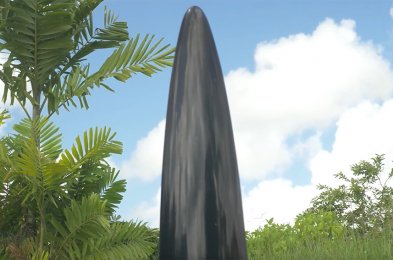
Artur Lescher
Duration : 4m
Maturity Level : all
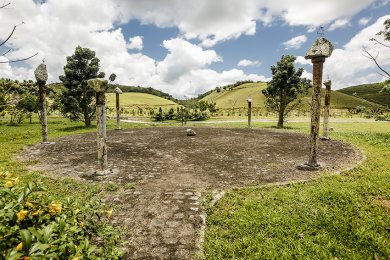
Bene Fonteles
Duration : 4m
Maturity Level : all
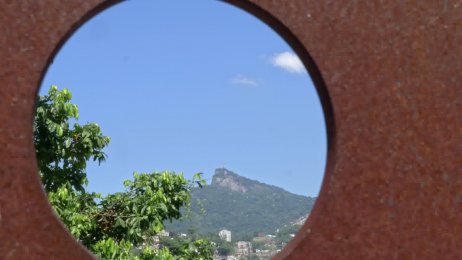
Carlos Vergara
Duration : 4m
Maturity Level : all
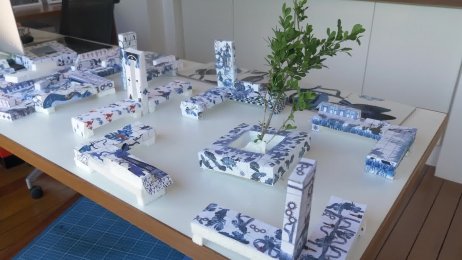
Claudia Jaguaribe
Duration : 4m
Maturity Level : all
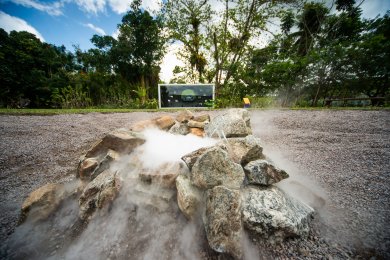
Denise Milan
Duration : 4m
Maturity Level : all
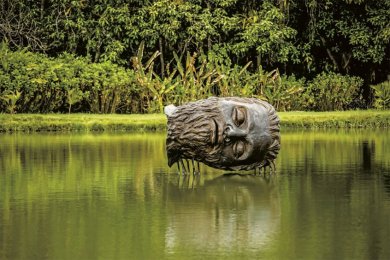
Flavio Cerqueira
Duration : 4m
Maturity Level : all
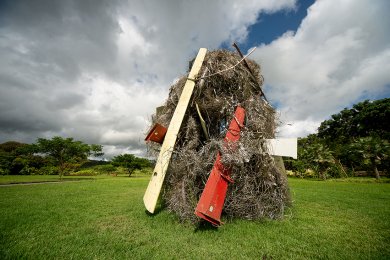
Frida Baranek
Duration : 4m
Maturity Level : all
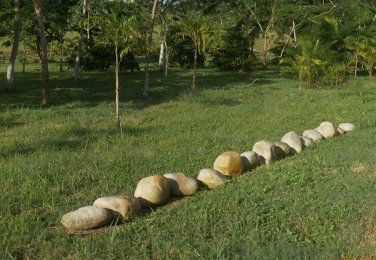
Georgia Kyriakakis
Duration : 4m
Maturity Level : all
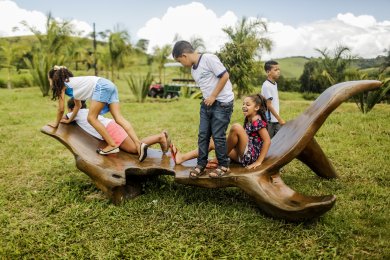
Hugo França
Duration : 4m
Maturity Level : all
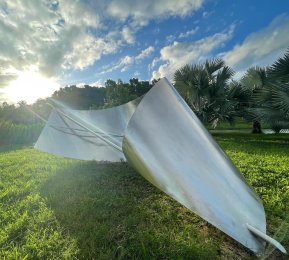
Iole de Freitas
Duration : 4m
Maturity Level : all
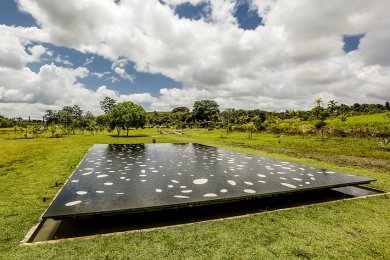
Jose Spaniol
Duration : 4m
Maturity Level : all
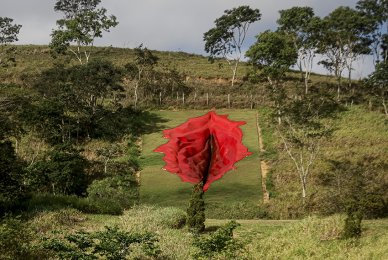
Juliana Notari
Duration : 4m
Maturity Level : all
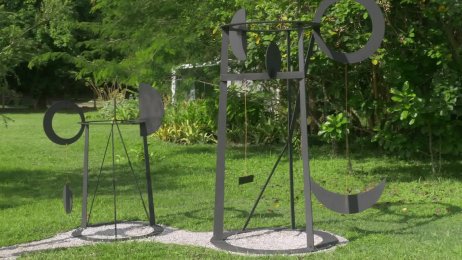
Julio Villani
Duration : 4m
Maturity Level : all
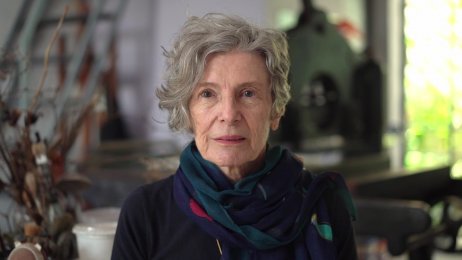
Liliane Dardot
Duration : 4m
Maturity Level : all
